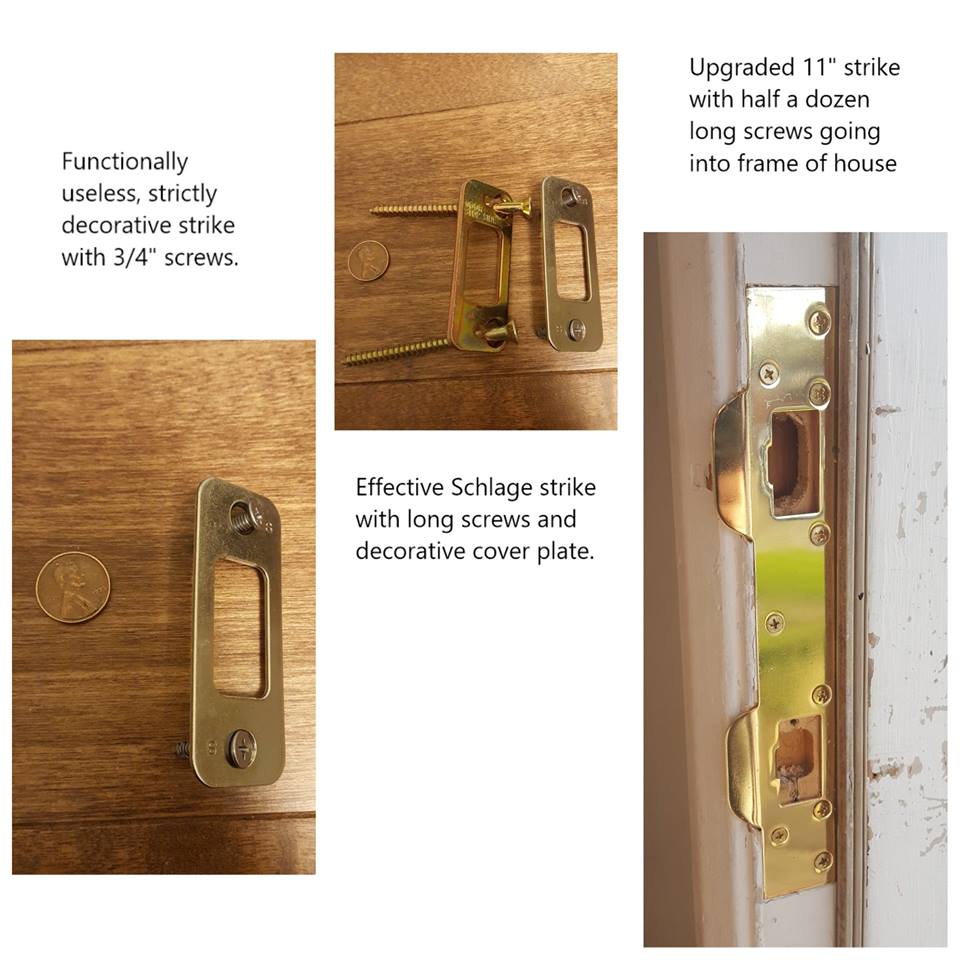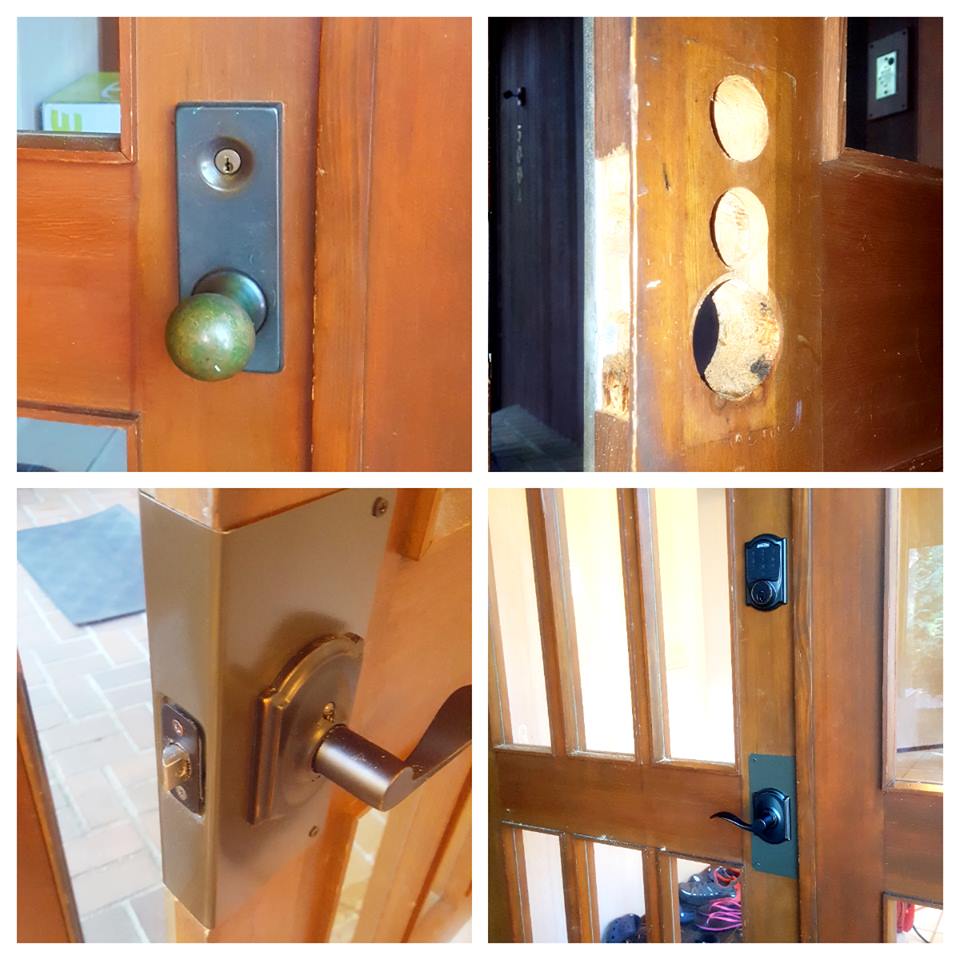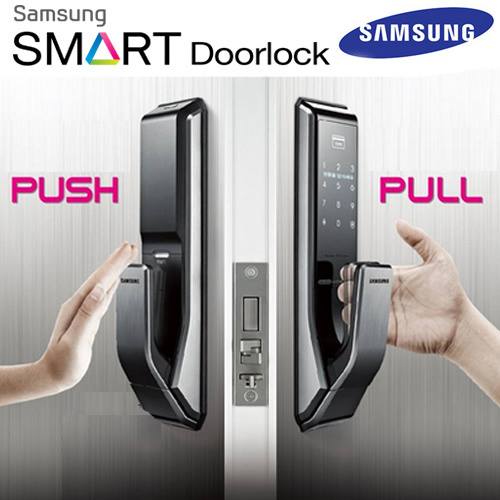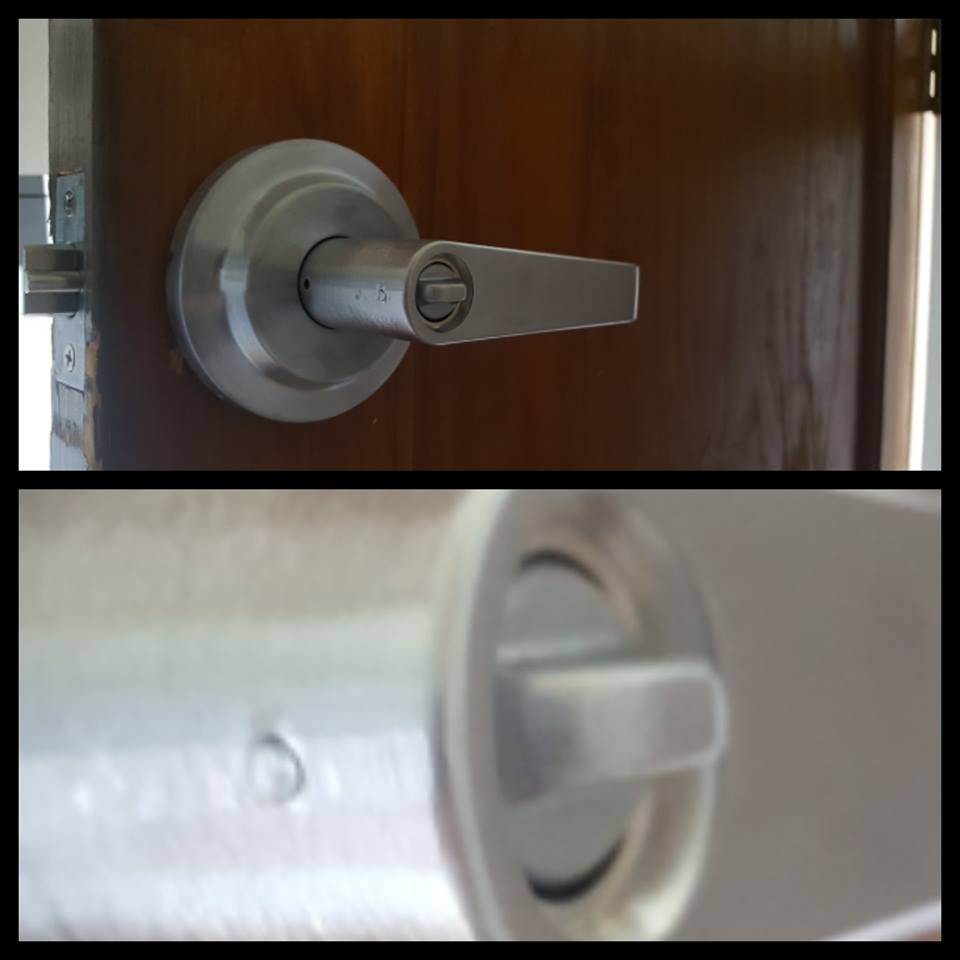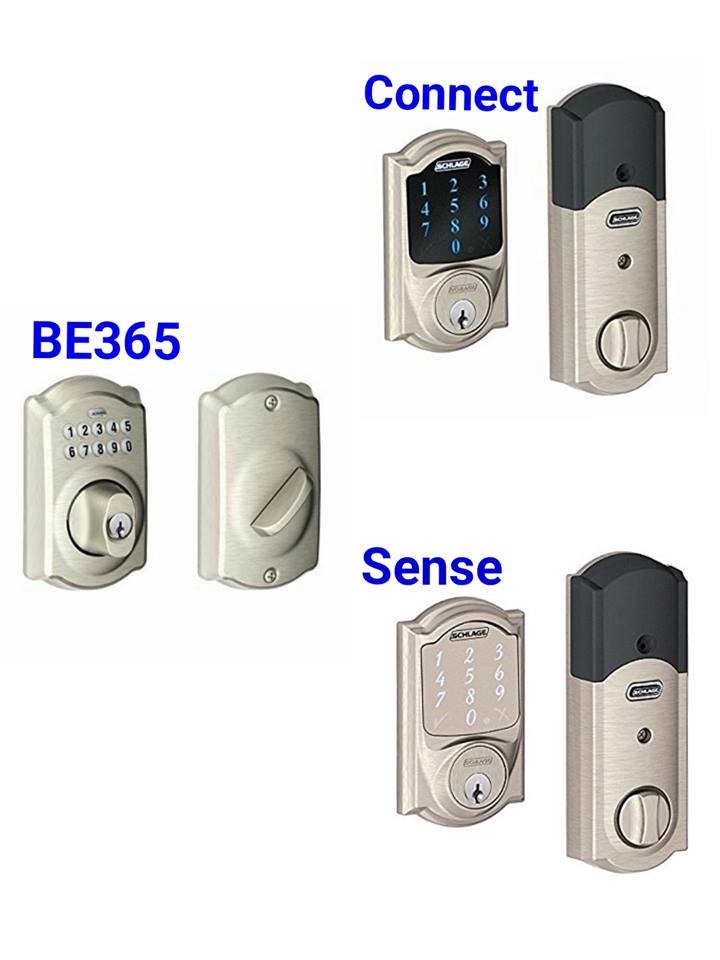I’m aware that in the course of my work I can make folks a little uneasy. My cargo van is dingy and unmarked, and looks out of place in most of the neighborhoods I drive it through. My hands are generally dirty and I often have a drill hooked to my belt. People see me and they get the feeling I might not belong there, not least if I’m picking the lock on a mailbox or looking for an open window. People eye me with suspicion as I drive down their streets. I do my best to defuse those concerns with a smile or a friendly wave, and it’s surprising how quickly the wariness drops from their faces when I do.
At the same time, I try to do my work with a certain amount of discretion and I’m always considerate of my customers’ privacy. My customers don’t necessarily want it advertised that they goofed up and locked themselves out, or that they’re preparing to rent out their space in violation of HOA rules, or that they have to evict a member of the family. It isn’t my place to say what anyone else knows about their doings. Sometimes, though, I’m put in a position where I have to decide whether it’s more important that I respect a customer’s privacy or that I allay a neighbor’s suspicions. My rule of thumb is that I should try to offer just enough information to quell people’s legitimate concerns about what I might be up to, but I never feel compelled to satisfy a neighbor’s idle curiosity at the expense of my customer’s privacy.
Yesterday I had to make this type of judgment call when I went to change the lock on the front door of an upscale waterfront condo in Kirkland. After I got into the building using the entry code given to me by the property manager, I went up to the third floor, retrieved the key from the contractor box hanging from the door, and went in. The apartment was capacious, with high ceilings, fine millwork, and a magnificent view of Lake Washington. As I got to work taking the complicated lock off the door, I saw the elderly woman across the hall poke her head out of her front door and eye me nervously. “Just changing locks between tenancies,” I said. I didn’t think I was telling her anything she wouldn’t have known or been able to figure out just from living where she did and observing me. We exchanged some pleasantries and she went back into her apartment.
Shortly after that I had to go out to my van for my toolbox. As I was walking out the front door, I passed another elderly resident of the building. She wore an expensive cardigan and her hair was elegantly coiffed. “What are you doing here?” she asked me with an air of authority. I smiled at her but didn’t slow my pace or offer anything in the way of an answer. When I came back from my van, she was lingering at the door. I used the keypad again to enter and she followed me into the elevator. She asked me again what I was doing and I lifted the tools in my hand as I said, “I’m working.” “What are you doing? And in which unit?” Her tone smacked of privilege. I looked her squarely in the face and said, “Ma’am, it’s not really any of your business.” “Yes it is my business,” she said. “I live in this building!” “No ma’am, you’re just being nosy,” I told her. “Well, if you won’t explain yourself then I’m going to call the police!” she said. This was escalating quickly. “I invite you to do so,” I told her with a nod of my head. For a moment she was flustered, her bluff having been called. She seemed unaccustomed to not being acknowledged.
The elevator bell dinged and the door opened onto the third floor. Enraged and indignant, the woman followed me out of the elevator and to the door of the unit on which I was working. I took the key out of my pocket and unlocked the door. The woman tried to follow me into the apartment. Not wanting to let a stranger into an apartment that was not mine, I said, “Ma’am, you can’t come in here,” and I quickly closed the door most of the way to block her from entering. She put both of her palms on the door and tried to force her way in. Now, I’m a little guy—5’6” tall and 125 pounds with my hair wet—but I’m still an adult man. There’s little chance of me losing the door-pushing game to an old lady. I planted my foot in front of the door so it wouldn’t open more than about six inches. Through the gap she called, “Gerald! Gerald!” I looked down the apartment’s spacious empty corridor as the echo of her reedy voice bounced around the walls, and was struck by the weirdness of what was happening. “This is a vacant unit,” I told her. Leaving my foot where it was, I crouched down and got to work at taking the lock off the door so I could rekey it. All the while she was feebly trying to push the door open. Again she insisted that I tell her what I was doing. If she’d simply stopped and looked at me, she would have figured it out pretty quickly, but she was more interested in being validated than getting answers. I won’t swear this really happened, but in my memory she said, “I have a right to know what you’re doing. I live in this building!” as she balled up her fists and stomped her foot.
The woman from across the hall heard the commotion and came out. “I don’t know why this guy is being so obnoxious! He won’t tell me what he’s doing!” They discussed the situation and I tried to keep my cool as I worked on the lock, but the stress of the situation made me a little clumsy and slowed me down. I also replied a few times to the angry woman’s rebukes. I never raised my voice but I’m sure I let my annoyance show. When I had the lock off the door and was ready to bring it to my van for rekeying, I wasn’t sure what I should do. I stood up and said, “Now I have to go back to my van for a few minutes. You MAY NOT go in there while I’m gone.” She looked surprised and insisted that she wouldn’t go into an apartment that wasn’t hers. I was comforted that the other neighbor was there.
When I got back, the hallway was empty. I reassembled the freshly rekeyed lock, secured the apartment, and deposited the new keys into the contractor box. Then I knocked on the neighbor’s door so I could apologize to her. She shouldn’t have been dragged into that mess, I told her. She was sweet as she expressed her sympathy and wished me a better day moving forward. I didn’t see the other woman on my way out of the building.
This episode was peculiar because I’m always thinking that neighbors should be more vigilant. Attentive neighbors are one of the best lines of defense against burglaries. I sometimes shake my head in disbelief when I see the noisy and destructive ways that burglars have broken into homes in tightly populated neighborhoods, and learn that no neighbors approached them or called the police. This lady in the cardigan was being vigilant. She was also being rude, nosy, and entitled. But I imagine that somewhere underneath all that she was concerned for her and her neighbors’ security, and we should all want that from the old ladies who live nearby. I would have preferred that she be polite to me, though.

 Commercial
Commercial 


